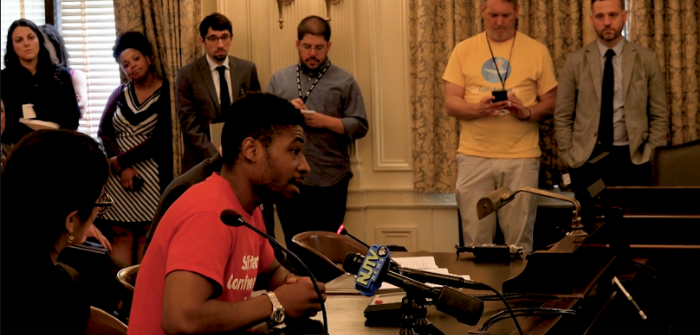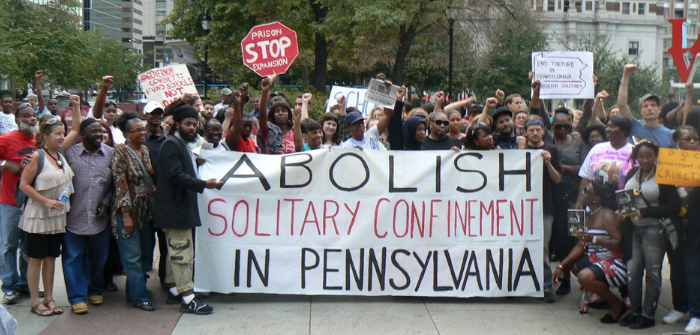Learn more about the history of solitary confinement:
Dr. Benjamin Rush, Benjamin Franklin and several Quaker leaders first instituted solitary confinement at Walnut Street Jail in Philadelphia in the late 18th century, believing that total isolation and silence would lead to penitence (hence, the term ‘penitentiary’ was coined). That led to the building of the Southeastern Pennsylvania Penitentiary in 1829, which only had solitary confinement cells. However, instead of becoming penitent, the prisoners developed serious mental health problems. The Quakers recognized that solitary confinement caused severe psychological harm and apologized for their use of solitary confinement. Unfortunately, the U.S. has let history repeat. In the 20th century, some U.S. prisons had a limited number of solitary confinement control units within their facilities; however, in 1983, Marion prison in Illinois instituted a permanent ‘lock down’ of their entire facility, in which inmates were confined alone in their cells for 23 hours per day. The use of solitary confinement has increased dramatically since then. In 1989, California built Pelican Bay State Prison to house prisoners exclusively in isolation (the first “supermax” prison).
Watch: How the U.S. Became the World Leader in Solitary Confinement by Patrice Taddonio, PBS Frontline, April 2017.
Read: A “Noble Experiment”: How Solitary Came to America by Sarah Childress, PBS Frontline, April 2014.








